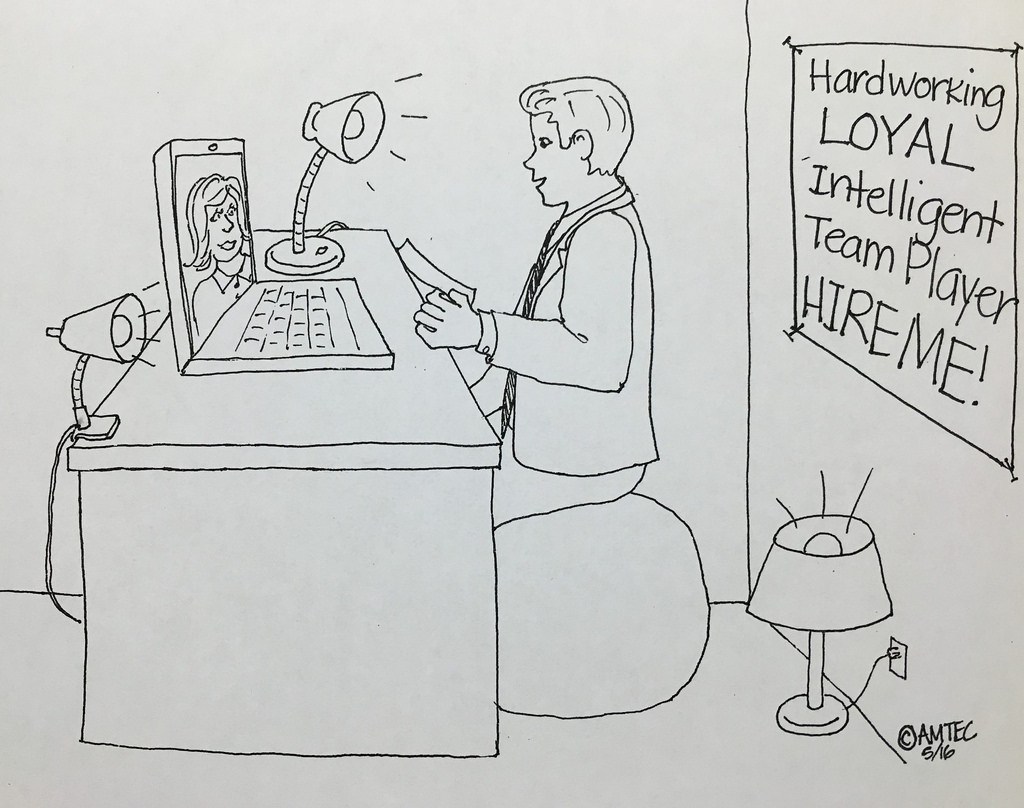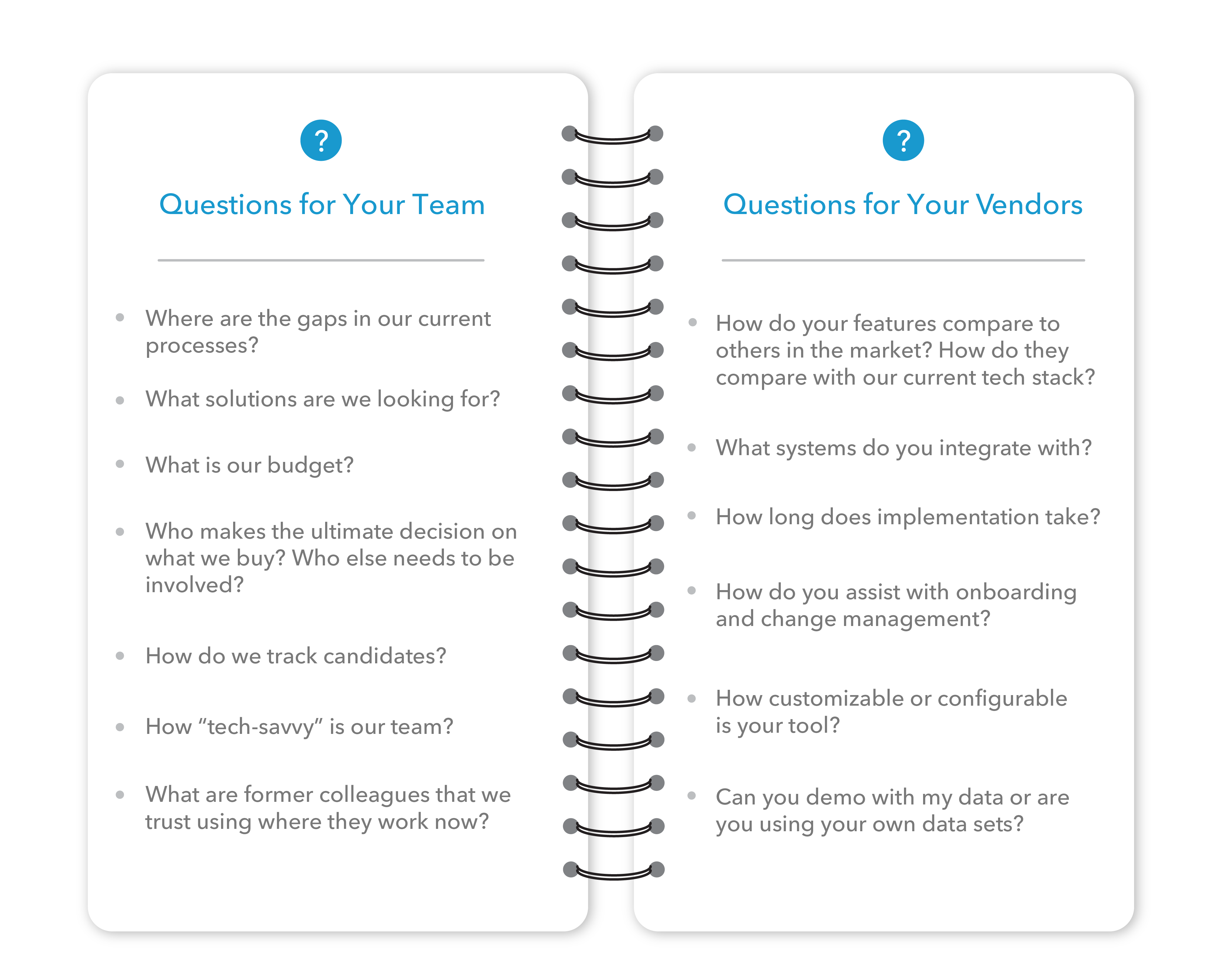
Candidates spend countless hours worrying about their resumes. Second-guessing, improving and tweaking anything they can to improve their chances and impress recruiters/hiring managers. When recruiters are scanning resumes, they know exactly what they are looking for…and what they *aren’t* looking for (see- Does Your Resume Pass The 6 Second Review?).
Besides looking for relevant experience, recruiters are looking for reasons to exclude you from consideration. That’s an undeniable fact.
Recruiters practice “Resume Cryptography,” cracking the hidden meanings in resumes and LinkedIn profiles.
ARE YOU UNEMPLOYED/CONSULTING/TEMPING BUT LOOKING FOR PERMANENT?
If you are unemployed or currently consulting/temping, and looking for a permanent opportunity, working with a recruiter can be tricky. Typically, if you are not working in a permanent role, recruiters will mostly only consider you for temporary roles. Finding quality temporary employees is difficult and recruiters like to build a solid bench of available candidates. Employers are also hesitant to hire candidates through recruiters on a permanent basis. Want recruiters to consider you for permanent roles? Make sure your LinkedIn profile and resume portrays you as a permanent candidate and not an available temp. Here are some words/phrases to avoid:
- Consultant/Consulting
- Temp/Temporary Employee
- Contractor
- Project
- #ONO (being open to new opportunities is a good thing and will help land you consulting/temp work but more often than not you will NOT be taken seriously as a permanent candidate)
Will those words/phrases help you find temporary work? Absolutely…when recruiters are looking for consultants, they need to know who is available for their clients NOW.
But if any of those words are on your resume or LinkedIn profile, recruiters and hiring managers see that as a code. To some recruiters, those words mean “Not Able To Be Permanently Placed.”
If you are currently a Property Accountant on a temporary basis, your current role should not be listed as Temporary Property Accountant. All a recruiter will notice is *ALERT*TEMPORARY*ALERT*
You might be performing the same duties as your permanent Property Accountant co-worker — hell, you probably are. So don’t sell your experience short by throwing up your own red flag.
The same can be said for Consulting on a resume. Ask any recruiter what they think when they see “Consulting” on a resume. Within 0.5 seconds the answer will be a unanimous “Unemployed.”
Even if you are legitimately consulting with a company, the word “consulting” translates to “unemployed.” It shouldn’t necessarily be that way, but honestly, it is.
Be specific with your experience. If you have been consulting with various companies, list the companies. Prove that you have been working — because recruiters assume otherwise.
Why else should companies be listed? Because recruiters search profiles and resume databases for specific companies while searching for client jobs. *NOTE* This does NOT hold true for all companies. If you are temping at Company X thru Agency C, do not list Agency C on your resume. Don’t flag yourself as a temp. Just name the client, not the agency.
“But Adam, what if I was a consultant by choice? What if I wanted the flexibility of picking assignments, changing clients, etc.?” I suggest that you create an LLC or DBA, name it, and then put that on your resume/profile. To a recruiter/hiring manager, there is a huge difference when comparing candidates when the experiences is listed:
Consultant, 2016-Present
and
Corporate Accounting Services LLC, 2016-Present
First impressions are everything, and if a recruiter is (lazily) flipping through resumes, “Consultant” might be discarded or placed in the back-up pile, but “Corporate Accounting Services LLC” WILL be followed up on. Why?
Because lazy recruiters and hiring managers feel that if someone was “good enough” for a permanent job, they wouldn’t be consulting/temping…reasons be damned.
Quick story – A woman I know is currently temping on an open-ended assignment. She is only looking for permanent roles. Her resume and profile say that she is currently temping. 3 different recruiting agencies contacted her for the same available role. 1 agency said it was temporary, 1 agency said it was temporary “with a chance of perm” (FYI – don’t get me started on “chance of perm.” Anything has a “chance of anything.” Either its temp or temp to perm. Just be up front and honest), and 1 agency said it was a permanent opening. Guess which agency she went with? The one that recognized her skillset and desire for a perm job. The others saw the word “temp” on her resume and started to salivate about those sweet sweet billable hours. Here’s a live look-in at a temporary recruiter-
“I see here that your resume says you are temping?”
ARE YOU CONCERNED ABOUT AGE DISCRIMINATION?
Age discrimination is real. I am not saying it is common practice, nor am I saying that recruiters are more guilty of it than direct clients/hiring managers. And I can say unequivocally that I don’t give two damns about age. Good recruiters put forward the best candidates for the position.
But yes, it exists.
I feel that older candidates overthink the resume situation, trying to spin the age into a positive for people that may view it as a negative. Please know that the recruiters and hiring managers that do discriminate based on age see right through the spin. In fact, they look for it.
“But I graduated college in 1977. If a recruiter sees that, they will automatically discount me.”
Not necessarily.
Different industries value different depths of experience. If you put the year, at least you have a chance of being judged on what you actually bring to the table. If you try to play it cute and take the year off, ie “How will they know how old I am if I don’t put the year I graduated?” recruiters automatically sniff that out.
No date = old.
And they may just assume you graduated in 1963. 1977 isn’t looking too shabby now, is it?
Just put the date so the recruiter doesn’t actually assume older. And always list education last on the resume. If an employer *is* discriminating, don’t make it easy on them. Make them look at your experience first as opposed to looking at your degree year (or lack thereof) and passing.
On a related note, if a degree doesn’t have a graduation year, some recruiters get particularly sluthy when trying to figure out the age. They look at your email address. *Insert AOL email address joke here* Here is an example: [email protected] is a legit looking email address. But if the email address is [email protected] and if the recruiter is trying to figure out your age, they might assume good ol’ Firstname was born in 1949. So maybe for job searching purposes have a nice bland numberless email. You might think I am being paranoid, but why leave these things to chance?
Be careful not to put skills or experiences that date you. Let’s leave Windows 3.0, Internet Explorer, and Word 2002 off of the skills section. You want potential employers to see your software experience as up-to-date AND recent…not as an operating system wiki.
If you are unsure as to which computer skills to list, just base it on the job you are applying for. And if you don’t have the software skills listed on the job description, you probably aren’t the background you are looking for.
Over the years, companies change names. Whether it be due to merger, sale, whatever, the company that you once worked for may currently have a new name. List the name of the company as it stands now.
Any recruiter that notices an old/legacy company name knows they are dealing with an older individual.
If you don’t feel comfortable listing just the “new” company name, feel free to list the “new” company name and then fka “old company name.”
For example, don’t say that you worked for Peat Marwick…say that you worked for KPMG or KPMG fka Peat Marwick.
Finally, recruiters look for certain words and phrases to sniff out older workers. Any time you put “X+” to describe your years of experience, they are always going to go figure out exactly what the “+” stands for. Not because they don’t trust you, but because they want to know the actual number SINCE YOU BROUGHT IT UP.
If you graduated in 1980, Don’t just say 15+ or 20+ years experience. That’s…that’s a huge plus. At that point why not just say 5+ years? In fact, don’t bring up years of experience at all. They have your resume and can see your years of experience. Only bring up years of experience in a cover letter to mirror the job description you are applying to to show you match the qualifications. So if it says 10+ years of cost accounting experience, feel free to mention that you do, in fact, have 10+ years of cost accounting experience (30…but who’s counting?). Other words and phrases to avoid include “seasoned,” “mature,” “experienced,” “wealth of knowledge,” “time-tested,” and “well-versed.”
Oh, I almost forgot. Please don’t list a fax number.
Looking for a job is hard. Don’t give recruiters and hiring managers a reason to eliminate you from contention. Limit the red flags. Recruiters look for the red flags…don’t go waving them in their faces. Focus on what you will bring to the table…focus on the job descriptions you are applying for. They want 5+ years? You have 5+ years….no reason to mention it’s actually 30.
They want 2+ years recent budgeting experience? You have 2+ years…no reason to mention it is with 6 companies via 3 temporary staffing firms.
Don’t screen yourself out. Know the language clues and cues recruiters look for.



















